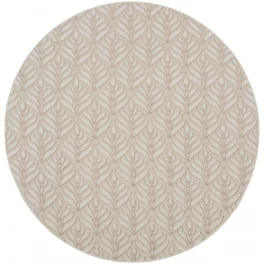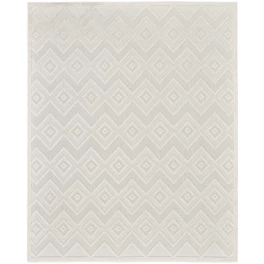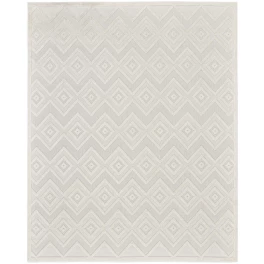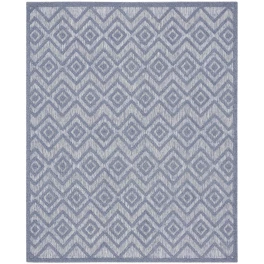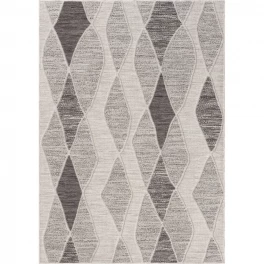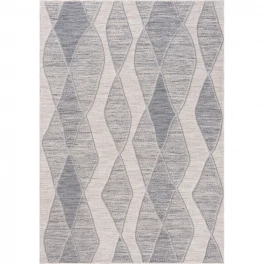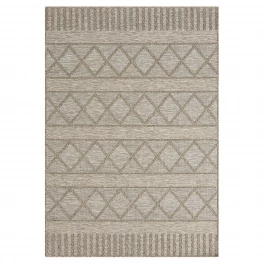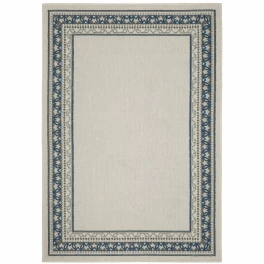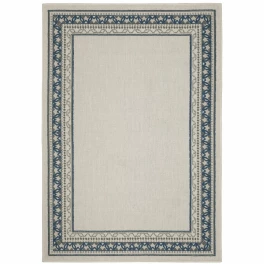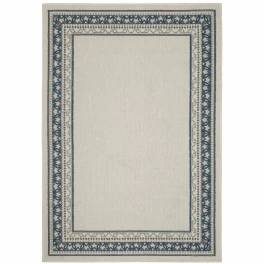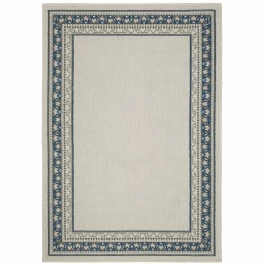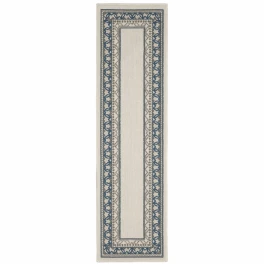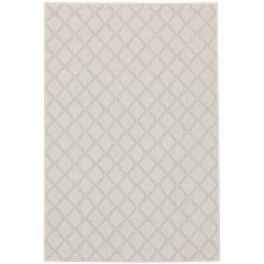You’ve decided to get new carpet. You’ve already read our article “The Pros & Cons of the Most Common Carpet Styles,” and you know exactly what style you want. But what material should you shop for? The carpet fiber you choose is as important as the style and will directly impact how long your new carpet will last. Read on for the Pros and Cons of the most common carpet fibers so you can make the best choice for your space and lifestyle.
Wool
Pros: Wool is considered to be the Cadillac of carpet fibers. It’s green, renewable and environmentally friendly. Wool carpet is soft and luxurious to the touch and naturally flame resistant. It’s a resilient fiber that’s durable enough to perform well in high traffic areas without wearing out. Wool carpet resists dirt and soil and is easy to keep clean.
Cons: Wool carpet is expensive. Just think of how many sheep you would have to shear to cover an entire floor. Wool also absorbs moisture and can potentially be prone to mold and mildew in damp areas.
Nylon
Pros: Nylon is a high- performance carpet available at a more affordable price point than wool. Nylon is a resilient fiber, resistant to crush and wear, therefore a great fit for high traffic areas such as stairs and hallways. Nylon carpets are nonabsorbent and resistant to mildew. Although nylon isn’t inherently stain resistant, stain protection adheres well to the fiber. Since stain protection is normally applied in the factory, this means most nylon carpets you find on the market are extremely stain resistant.
Cons: Price. Although not as costly as wool, Nylon is still a premium fiber, and this is reflected in the price. Nylon is a synthetic fiber, made from petroleum like plastic is, and not from renewable resources (although most modern nylon carpets can be recycled, which makes them a greener option than the nylon carpets of the past).
Polyester
Pros: Price. In general, polyester carpets are significantly cheaper than their wool and nylon counterparts. Many polyester carpets, called PET (polyethylene terephthalate) contain content made of recycled plastics such as water bottles. This can make polyester a “green” option, and also helps strengthen the fiber to help it last longer. Polyester is also naturally stain-resistant and easily recyclable.
Cons: Polyester carpet isn’t crush-resistant and will wear down and lose texture faster in high-traffic areas faster than wool or nylon. Although less expensive than other fibers initially, polyester carpeting may have to replaced more frequently.
Olefin or Polypropylene
Pros: Olefin (also known as polypropylene) is moisture and mildew resistant, making it a popular choice for basements and indoor/outdoor areas like covered porches. Like polyester, it tends to be a less expensive carpet to manufacture, so it’s a budget-friendly option. Olefin carpeting is also easily recycled.
Cons: Olefin isn’t a resilient fiber, and crushes and loses texture easily, because of this, Olefin is most commonly used in carpets like Berber where crushing is less of a concern due to their looped construction. This means that there are fewer options stylistically when it comes to Olefin carpet. It can also be difficult to remove stains and soil from an Olefin carpet.
Triexta (Smartstrand)
Pros: Triexta, which is also known as Smartstrand, has excellent resistance to stain and soil. More resilient and able to withstand crushing than polyester. Some Smartstrand carpets are made in partnership with Dupont Sorona and partially made from sustainable resources such as corn sugars. Nonabsorbent and resistant to mildew.
Cons: Similar in price to nylon. Although one of the most stain resistant carpets available under ordinary circumstances, oil-based stains can be difficult to remove. Smartstrand is also a relatively new fiber so it has yet to prove that it can resist wear for as long as nylon can, although early indicators are promising.
Note: Not all Smartstrand carpets are 100 percent triexta. Some Smartstrand carpets are triexta blended with polyester to bring down the cost. When shopping for Smartstrand, be sure to ask what the percentage of triexta is.
A Quick Guide to Terms You May Hear When Comparing Carpet Fibers
Solution-Dyed: When a carpet is solution-dyed, the color penetrates all the way through the fiber. This means it’s less prone to bleaching and fading in areas that receive a lot of sunlight, like right in front of a window.
BCF (Bulk Continuous Filament): BCF carpets are extruded from one very long piece of fiber. BCF carpets don’t shed.
Stapled Carpet Fibers: Stapled carpets differ from BCF in that they are made from several strands of fiber instead of one long piece. Stapled carpets tend to shed, especially in the first few weeks following installation.
No carpet fiber is perfect for everyone. Your budget, lifestyle and personal aesthetic all play a part in choosing the best carpet fiber for your home and will be key in determining how long it will last. In the meantime, you have an exciting project to look forward to!




